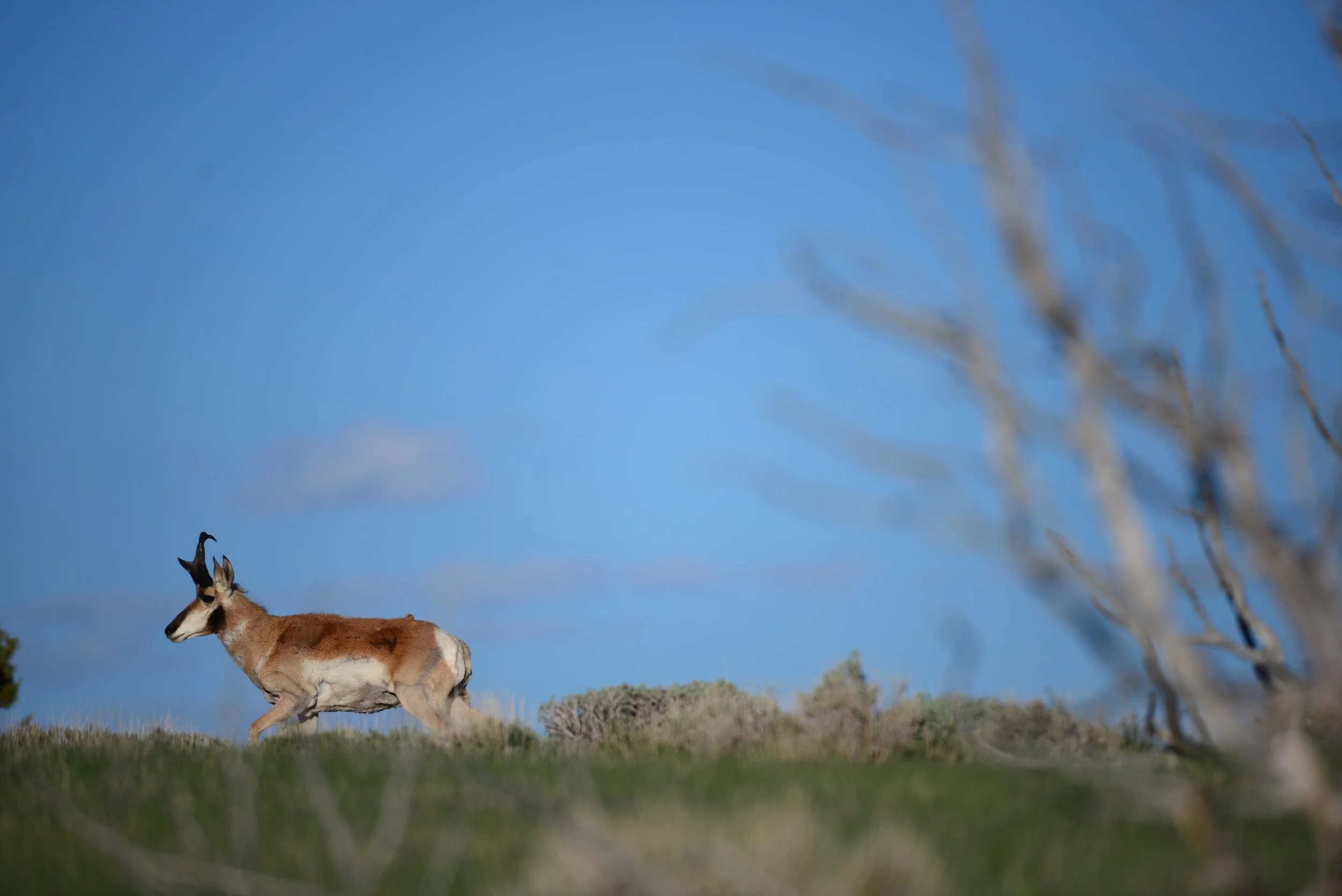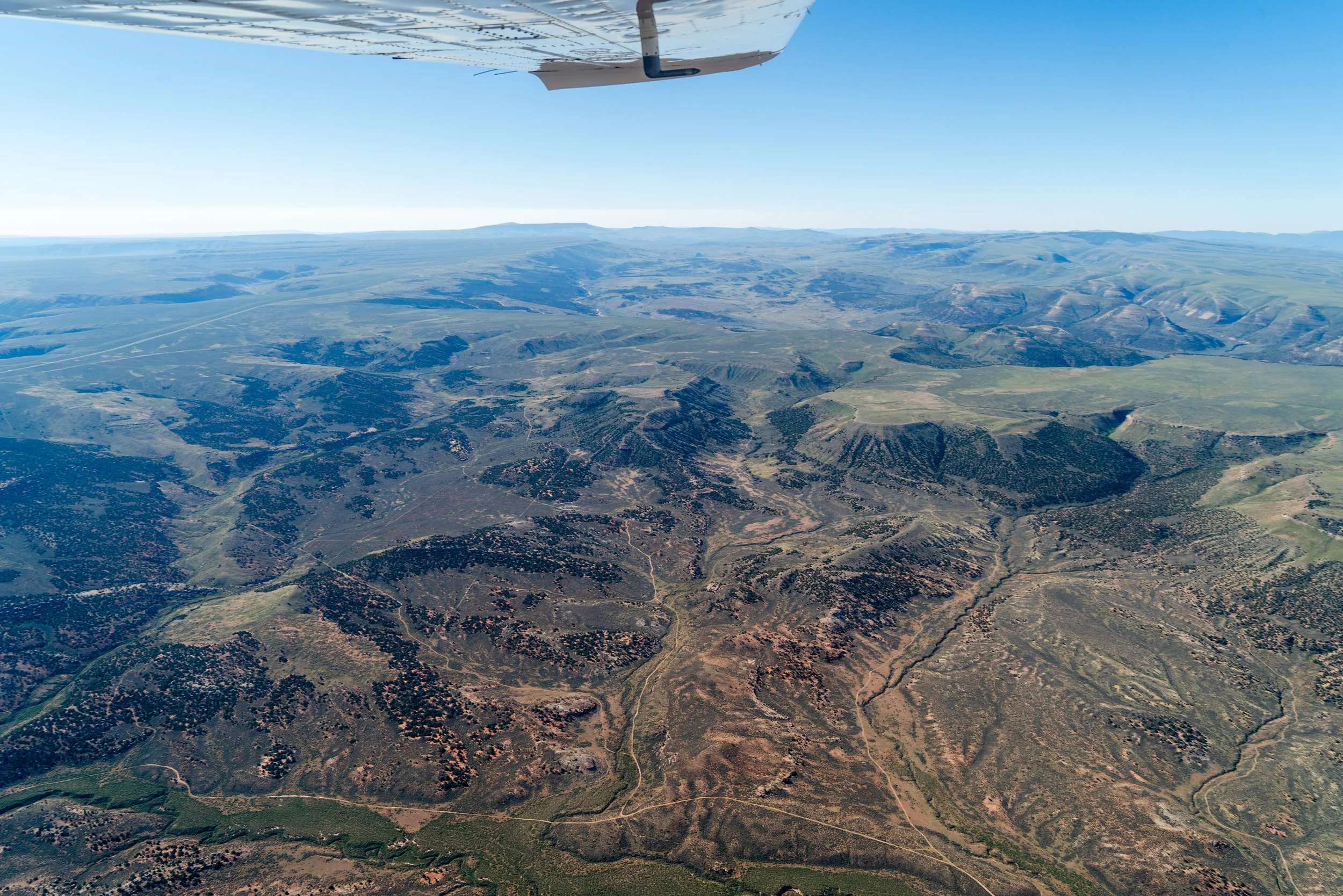Hidden Gem of the Northern Rockies
Following is a blog piece that was written by Matthew Copeland for The Cleanest Line
If some authority, somewhere, decided that Little Mountain doesn’t stack-up to the Tetons or the Cascades, nobody told the people of Southwest Wyoming. Not that it would matter if they did. This is not a populace that puts much stock in proclamations handed down from elsewhere. Maybe it’s the climate, maybe it’s the distance, but the residents of Sweetwater County learned long ago to rely instead on hard work and personal initiative. It’s little wonder then that when the Bureau of Land Management (BLM) announced in 2011 that it would rewrite the management plan for a beloved piece of their backyard, sportsmen and women from around the region got involved.
At stake is a hidden gem of the Northern Rockies. Rising from the surrounding high desert prairie, Little Mountain stands alongside Pine, Potter, Miller and Sheep Mountains to form an aspen crowned archipelago in the sage brush sea. The resulting recreation mecca is known to big game hunters as a lottery pick destination for trophy elk, mule deer and pronghorn; to anglers as the home of the world’s most genetically pure Colorado river cutthroat trout; and to area residents as “out south”, the place where, in the words of native son Walt Gasson, folks go “to get their boots dirty and their souls clean.”
But hunters, anglers and locals aren’t the only ones interested. More than half of the 577,000 acre Greater Little Mountain Area (GLMA) area has already been leased by the BLM for oil and gas development. Most or those leases are as yet little more than lines on a map, but left unresolved the inherent competition between wildlife and wildcatting is surely headed for conflict. The end game of that dust-up would be as predictable as the Wyoming wind – industry gets dogged by lawsuits and protests while wildlife populations and wild places die a death by a thousand cuts. An oil well goes here, and a gas well goes there until no one is happy but the lawyers and consultants.
Enter the Greater Little Mountain Coalition (GLMC) and what they see as a better alternative. With generations of hunting and fishing history in the area, a vested interest in conservation, and paystubs that read BP, Halliburton, Schlumberger, Anadarko, FMC and Williams, the 2500 member strong coalition is uniquely positioned to see both sides of the story, and identify common ground. With a culturally characteristic can-do pragmatism, this dedicated group of local residents is urging the BLM to use newly available planning tools on Little Mountain. They’re asking the Bureau to examine the entire area on a landscape scale and determine, before the first skirmish, how best to access the energy resources, while simultaneously protecting the GLMA’s unique wildlife and recreation values. In this new paradigm industry would gain certainty – knowing the regulatory wheres, whens, and hows of any potential development before investing a single dime. The conservation community in turn would gain peace of mind that the Little Mountain cherished by so many today, will still be around tomorrow.
In the long history of us vs. them activism, Little Mountain represents a rare opportunity for a win-win. Done well, it also has the chance to serve as a model solution, ready to be applied elsewhere. That’s all well and good to coalition members like 17 year old Haley Powell. But elsewhere is elsewhere, and nowhere can replace Little Mountain.










